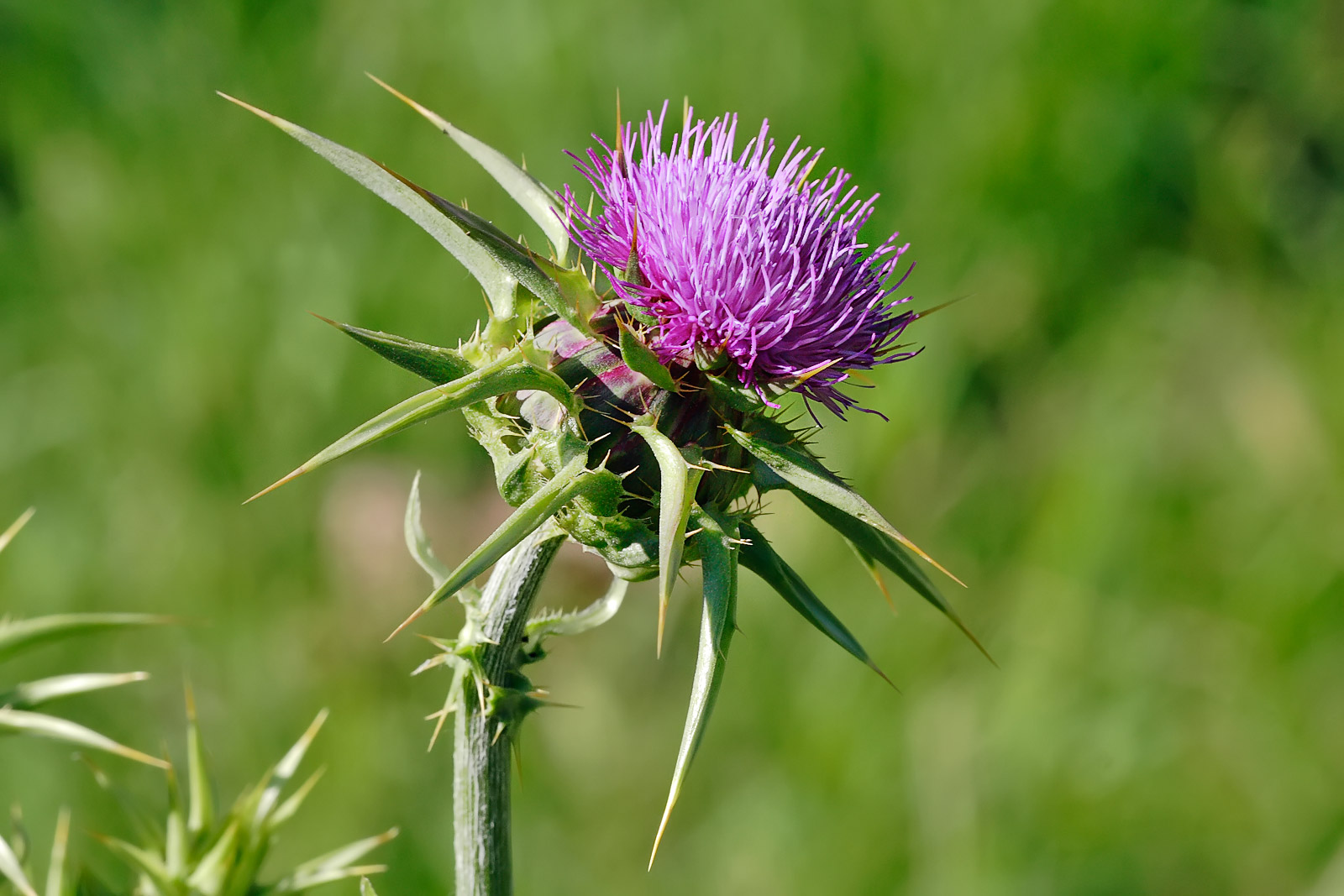
Thistles are more than just prickly plants you might find in your garden. These fascinating flora have a rich history, unique characteristics, and surprising uses. Did you know that thistles are part of the sunflower family? Yes, they are! They also play a crucial role in ecosystems, providing food for various insects and birds. Some species even have medicinal properties. In this blog post, we'll explore 15 intriguing facts about these spiky wonders. From their symbolic significance in different cultures to their unexpected culinary uses, you'll gain a newfound appreciation for thistles. Ready to get started? Let's dive in!
Key Takeaways:
- Thistles, with their prickly leaves and rich history, are not just weeds but also important for ecosystems, gardening, and even traditional medicine.
- From being the national emblem of Scotland to providing food for pollinators, thistles are fascinating plants with diverse ecological and cultural significance.
What is Thistle?
Thistle is a term used to describe a group of flowering plants characterized by their prickly leaves and stems. These plants belong to the Asteraceae family, which includes daisies and sunflowers. Thistles are known for their resilience and ability to thrive in various environments.
-
Thistle plants are part of the Asteraceae family. This family also includes daisies, sunflowers, and dandelions, making it one of the largest plant families.
-
Thistles have prickly leaves and stems. These spines help protect the plant from herbivores, making it less likely to be eaten.
Types of Thistle
There are many different species of thistle, each with unique characteristics. Some are more common than others, and they can be found in various parts of the world.
-
The most well-known thistle is the Scotch thistle. This species is native to Europe and Asia but has spread to other parts of the world.
-
Canada thistle is another common species. Despite its name, it is native to Europe and Asia and is considered an invasive species in North America.
Thistle in History and Culture
Thistles have played significant roles in history and culture, particularly in Scotland, where they are a national symbol.
-
The thistle is the national emblem of Scotland. It has been associated with the country for over 500 years and appears on many Scottish symbols and logos.
-
Thistles are mentioned in ancient Greek mythology. They were believed to be a symbol of nobility and endurance.
Thistle's Ecological Role
Thistles are not just prickly plants; they play essential roles in their ecosystems, providing food and habitat for various creatures.
-
Thistles are important for pollinators. Bees, butterflies, and other insects are attracted to their flowers, which provide nectar and pollen.
-
Birds also benefit from thistles. Many bird species eat thistle seeds, which are rich in nutrients.
Medicinal Uses of Thistle
Thistles have been used in traditional medicine for centuries. Some species are known for their health benefits.
-
Milk thistle is known for its liver-protective properties. It contains silymarin, a compound believed to help detoxify and regenerate liver cells.
-
Thistle tea is used to aid digestion. It is believed to help with various digestive issues, including bloating and indigestion.
Thistle in Gardening
While some people consider thistles to be weeds, others appreciate their beauty and resilience in gardens.
-
Thistles can be grown as ornamental plants. Their striking flowers and unique foliage make them an interesting addition to gardens.
-
They are drought-tolerant. Thistles can thrive in dry conditions, making them suitable for xeriscaping.
Thistle's Impact on Agriculture
Thistles can have both positive and negative impacts on agriculture, depending on the context.
-
Thistles can be invasive. Some species, like Canada thistle, can spread rapidly and compete with crops for resources.
-
They can improve soil health. Thistles have deep roots that help break up compacted soil and bring nutrients to the surface.
Fun Facts About Thistle
Thistles have some surprising and interesting characteristics that make them unique among plants.
- Thistles can grow very tall. Some species can reach heights of up to 10 feet, towering over other plants in their environment.
Thistle Facts: A Final Look
Thistles are more than just prickly plants. They play a vital role in ecosystems, providing food for pollinators like bees and butterflies. These resilient plants can thrive in various environments, from roadsides to gardens. Their deep roots help prevent soil erosion, making them valuable for land conservation.
Historically, thistles have been used in traditional medicine for their potential health benefits. Milk thistle, in particular, is known for supporting liver health. Thistles also hold cultural significance, symbolizing strength and protection in many traditions.
While some view thistles as weeds, their ecological and cultural importance can't be ignored. Next time you see a thistle, remember its unique contributions to nature and human history. Embrace the beauty and utility of these remarkable plants, and consider their role in our world.
Frequently Asked Questions
Was this page helpful?
Our commitment to delivering trustworthy and engaging content is at the heart of what we do. Each fact on our site is contributed by real users like you, bringing a wealth of diverse insights and information. To ensure the highest standards of accuracy and reliability, our dedicated editors meticulously review each submission. This process guarantees that the facts we share are not only fascinating but also credible. Trust in our commitment to quality and authenticity as you explore and learn with us.


